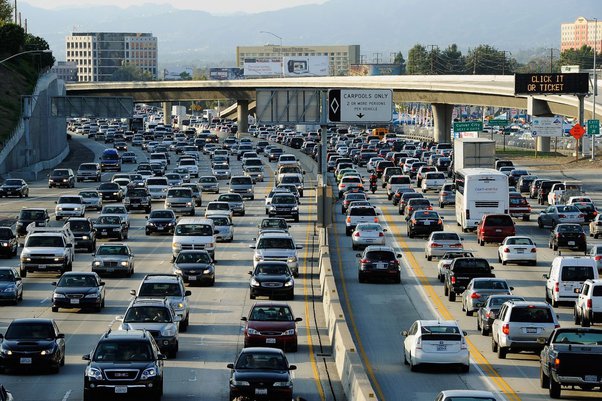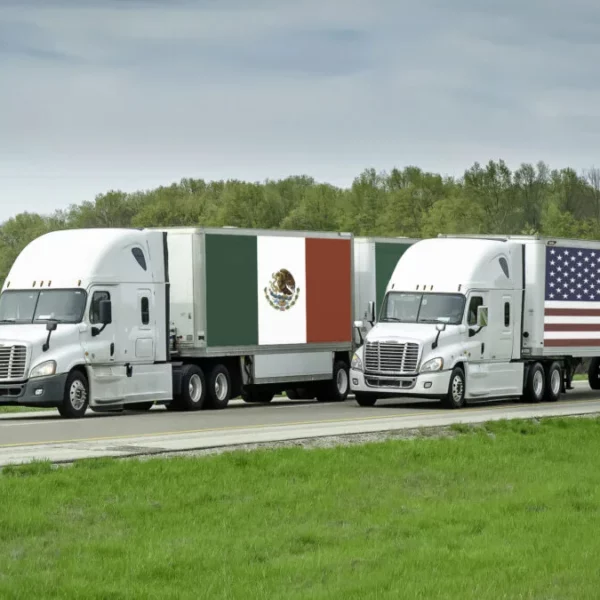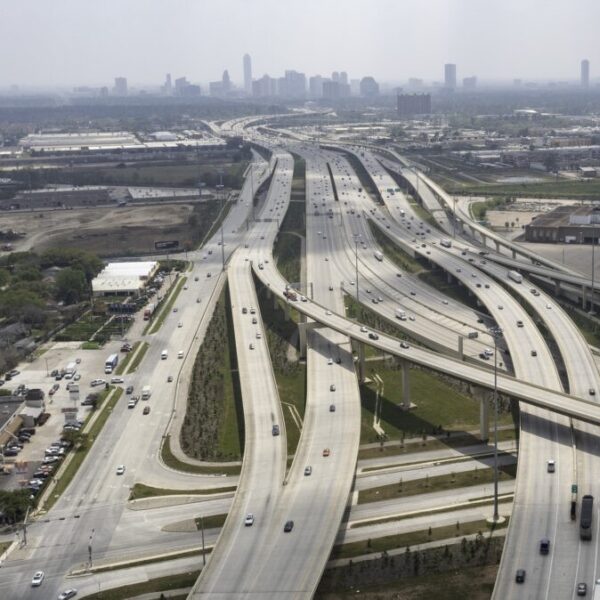Sitting in traffic makes everyone grumpy. Now imagine it’s a daily headache! On the world’s most crowded highways, nonstop traffic is the norm. These poor drivers deal with rush hour all day long as major traffic routes overflow.
From Los Angeles to Beijing, major cities strangle highways. Population booms mean more cars than roads can handle. Important trade routes also get clogged as trucks haul goods across borders. Building more lanes is no quick fix once communities encircle roadways.
This post tours global traffic hotspots. Using daily traffic counts, we spotlight the worst trouble spots. Which North American, European, and Asian routes earn top honors as endless rush hour nightmares? How do transport authorities cope with the relentless overflow? With urban growth no longer slowing down, what’s in store for our busiest highways?
Read on for tales from the carpool lanes in slow motion.
Navigating the World’s High-Traffic Roadways
Heavy traffic affects highways worldwide, especially routes crossing major cities. Understanding the world’s most highly congested thoroughfares and busy road networks is key to easing jams. This post explores famously crowded highways like –
- The busiest expressways globally
- Top congested motorways
- Popular traffic arteries
- Most traveled freeways
- And most jammed routes carry immense daily vehicle volumes.
Let’s continue reading!
Also Read, How can we design supply chain logistics in a complex model?
Defining Extreme Traffic Conditions
What makes some roadways consistently crowded? The root causes come down to simple supply and demand mismatches. Massive metro populations generate huge numbers of daily vehicle trips. That overwhelms existing infrastructure designed for lower volumes. Important economic trade corridors also create heavy freight truck volumes. They contribute to congestion when not designed to handle current demand. Inadequate and inefficient public transit options are not able to provide alternatives. They push more commuters directly onto the road network.
Finally, rapid regional population and economic growth often spike traffic rapidly. Especially if roadway capacity lags behind and isn’t expanded quickly enough to meet growing demand. Traffic volume data tracks vehicle counts on highways. The data shows how many vehicles use a road over time. Consistently high volume road networks indicate too much density for infrastructure. This overload leaves drivers frustrated, stuck in constant jams.
Do you know what are the Best Dry Van Dispatch Services in the USA?
North America’s Infamous Traffic
Los Angeles first comes to mind when discussing the top congested motorways. The 405, 101 and 10 dissecting LA see heavy volumes as major traffic arteries. Not just California has jammed high-traffic roadways. But New York, Chicago, Houston, Toronto and Mexico City have also been the most traveled freeways. They also frustrate commuters in sprawling regions with roads overwhelmed by density. Parts of Canada and the US still lack sufficient transit access as well, forcing car reliance.
Europe’s Crowded Motorways
European cities both modern and historic grapple with extreme traffic volumes on motorways and key arteries. In London, the M25 orbital sees over 200,000 vehicles daily. This ranks as one of the highest volume inner-city roads regionally. During peak hours, the M25 handles 216,000 vehicles per day, causing major jams.
Berlin’s A100 and connecting highways also carry remarkably high loads centered on the capital daily. And in Paris, sections of the infamous Périphérique and A86 ring roads handle over 200,000 vehicles per day. This strains infrastructure even with transit options in place. Continued regional population and economic expansion keep driving higher demand across networks like these overstretched European roadways.
Also Read, International Shipping: How Cargo Travels Across Continents
Asia’s Roads Are Overrun By Growth
Recent Asian urbanization dominates lists of the top congested motorways and busiest expressways globally. As developing economies motorize, highways handle mind-boggling vehicle counts. This also leads to dense chaotic neighborhoods, rising incomes and increasing vehicle purchases.
Moreover, incomplete transit means overloaded road capacity. Megacities particularly overtake infrastructure. This is becoming the cause of years-long ongoing rush hour conditions on vital arteries.
Coping With Heavy Traffic Volumes
Transport authorities utilize ramp meters, responsive signaling, lanes with shifting directions, and traffic command centers. By doing so, they can maximize flow on crowded highways. Long term expansion by adding lanes helps. But space constraints in mature metro areas often limit construction.
As a last resort, some cities implement congestion pricing in high-density zones when volumes exceed reasonable limits.
Technology For Next-Generation Roads
Innovation brings hope for optimizing busy routes. Cities adopt real-time warning apps, responsive bus lanes, and adaptive signaling to smooth traffic flow. Singapore, Seoul, and Los Angeles designed high-tech test infrastructure for extreme density conditions. They used elevated roads, autonomous transit and internet-connected vehicle tolling. But still, real solutions require the integration of public transit and urban planning over time.
Also Read, What is direct freight loading method?
Future Outlook
Urban growth across Africa and Asia shows no signs of stopping. So innovative congestion relief remains vital for the coming decades. Getting creative with high-tech solutions is key. Improving access and options for public transit matters. Upgrading road infrastructure sustainably is vital as metro regions expand over time. Efficiency can still be achieved on high-traffic roadways with visionary planning.
Navigating the Road Ahead
The busiest expressways globally create immense challenges for transport authorities. Achieving efficient movement along these vital. Yet overcrowded highways require creative solutions and much investment over time. Technological innovation shows promise if integrated. But improving transit access remains equally key. With coordinated efforts, we can maximize carrying capacity through advanced infrastructure.
For expert guidance on optimizing your transport and shipping operations, contact Lading Logistics. Our comprehensive logistics services apply the latest tools tailored to your supply chain’s unique needs.
Lading Logistics stands ready to help you navigate the road ahead smoothly!
Also Read, How do I find an international freight forwarder?
FAQs:
Why do some highways face extreme congestion consistently?
High-traffic highways often result from a mismatch between the massive population generating daily vehicle trips and existing infrastructure designed for lower volumes. Economic trade corridors and inadequate public transit options contribute to congestion.
Which North American cities have notorious traffic conditions?
Cities like Los Angeles, New York, Chicago, Houston, Toronto, and Mexico City experience heavy traffic on major routes such as the 405, 101, and 10 in LA, making them the most traveled freeways.
How do European cities cope with extreme traffic volumes on motorways?
European cities, including London, Berlin, and Paris, implement measures like ramp meters, responsive signaling, and congestion pricing. Despite transit options, high regional population growth continues to strain road infrastructure.
What contributes to congestion on Asian roads?
Rapid urbanization, dense neighborhoods, rising incomes, and increased vehicle purchases in developing Asian economies contribute to overloaded road capacity. Incomplete transit systems exacerbate rush hour conditions on vital arteries.
What innovative solutions are being explored to ease congestion on busy highways?
Transport authorities are exploring real-time warning apps, responsive bus lanes, adaptive signaling, and congestion pricing. Some cities, like Singapore, Seoul, and Los Angeles, are testing high-tech infrastructure, including elevated roads and autonomous transit, to address extreme density conditions.



